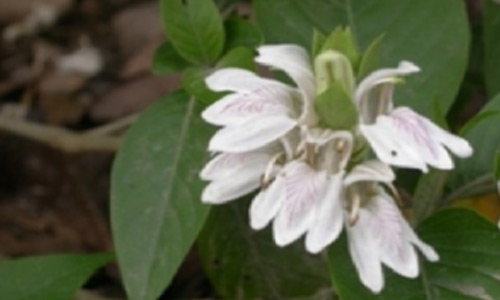We value your privacy
We use cookies to enhance your browsing experience, serve personalized ads or content, and analyze our traffic. By clicking "Accept All", you consent to our use of cookies.
We use cookies to help you navigate efficiently and perform certain functions. You will find detailed information about all cookies under each consent category below.
The cookies that are categorized as "Necessary" are stored on your browser as they are essential for enabling the basic functionalities of the site. ...
Necessary cookies are required to enable the basic features of this site, such as providing secure log-in or adjusting your consent preferences. These cookies do not store any personally identifiable data.
No cookies to display.
Functional cookies help perform certain functionalities like sharing the content of the website on social media platforms, collecting feedback, and other third-party features.
No cookies to display.
Analytical cookies are used to understand how visitors interact with the website. These cookies help provide information on metrics such as the number of visitors, bounce rate, traffic source, etc.
No cookies to display.
Performance cookies are used to understand and analyze the key performance indexes of the website which helps in delivering a better user experience for the visitors.
No cookies to display.
Advertisement cookies are used to provide visitors with customized advertisements based on the pages you visited previously and to analyze the effectiveness of the ad campaigns.
No cookies to display.
|
Division
|
Angiosperms |
|
Class
|
Dicotledons |
|
Subclass |
Gamopetalae |
|
Series |
Hypogynae |
|
Order |
Lamiales |
|
Family
|
Acanthaceae |
|
Genus
|
Adhatoda |
|
Species
|
zeylanica |

|
Etymology: |
In Tamil ‘Adu’, means goat, and ‘toda’ not touching; referring to the pungent qualitries of leaves. |
|
Botanical name
|
Adhatoda zeylanica Medik. (A. vasica Nees.) |
|
Local/Trade names:
|
Bansa, Arusa. |
|
Conservation status:
|
Wild throughout India. |
|
Digonestic features: |
Capsule clavate. |
|
Description: |
Erect shrub, upto 1.5 m high. Leaves 6-13 x 2.3-5 cm, elliptic-lanceolate or lanceolate, base altenuate. Flowers white, with pink-purpose stripes, in dense axillary spikes. Capsule 2 cm long, clavate, brown. |
|
Phenology: |
Almost throughout the year. |
|
Distribution:
|
Throughout India. |
|
Where to see it: |
Medicinal Plant Nursery. |
|
Uses: |
Fresh or dried leaves constitute the drug vasaka, used in bronchial troubles and consumption. Leaf juice used also in diarrhoea, dysentery and glandular tumours. Powdered leaves used for skin affections. Chief principle is vasicine (yield, 0.54-1.1%). Vasicine has also been found to be a promising uterotonic abortifacient. It may also find use in stopping postpartum haemorrhage. Leaves are rich in Vitamin C (upto 250 mg/100g) and carotine (4500ug/100g) and yield an essential oil. Flowers also contain an essential oil. Seeds yield a fatty oil. Plant is employed as a green manure. Ether extract of the leaves yields a resin which is toxic to grain insects, but non-toxic to human beings. Wood used for gunpowder charcoal. |
Chief Conservator of Forests & Chief Wildlife Warden is the Head of the Department. There is one post of Conservator of Forests & two posts of Deputy Conservator of Forests viz.